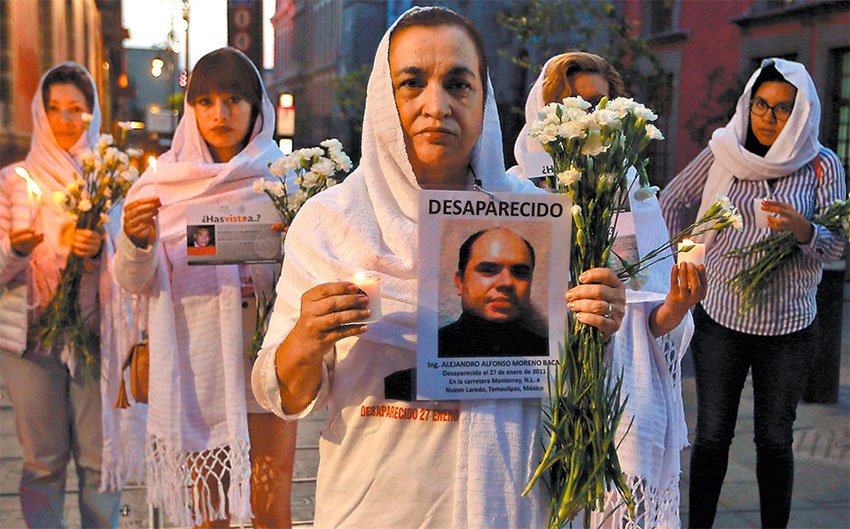NOTE FROM THE EDITOR
Dear readers:
I was, and still am, happy for having found the perfect car for my sister Juana, who was spending almost $100 per week in gas, driving about 100 miles weekly in her old 6-cylinder Ford Taurus. I felt sorry for her, because as a minimum-wage earner, it had become a real hardship for her. She is now driving the same number of miles, but spending just a fraction of what she was spending before after she got a hybrid car.
But when I read the article below, written by Matt Agorist, I just hoped our money-hungry California government doesn’t go the way other states are going: penalizing those hybrid-car drivers for not paying the gas tax the government has been accustomed to steal from its citizens. Let’s hope it doesn’t happen in California, since it is the US state leader that promotes and incentivizes the use of clean energy. – Marvin Ramírez
Because owners of hybrid and electric cars don’t pay enough in fuel taxes, the government is going to force them to pay exorbitant annual fees
by Matt Agorist
If ever you thought the government cares about possible solutions to environmental problems — like electric cars — the following case out of North Carolina proves just how much of a farce their “caring” is.
Legislators in North Carolina have introduced a bill that will force owners of hybrid and electric vehicles to pay exorbitant annual fees to offset the gas taxes they aren’t paying. This move creates a negative incentive to partake in the free market solution to a cleaner environment through purchasing fuel efficient and electric cars.
Senate Bill 446 will force owners of electric and hybrid cars to pay massive fees for the privilege of driving these cars in their state. Currently, the state is already stealing $130 a year in fees from citizens who drive electric cars, but the new legislation would more than double that to $275 by 2022 and add hybrid cars to the list of those to extort. The bill includes text that would raise rates every year as well — due to inflation, of course.
This is the opposite incentive other states use to encourage the use of cleaner technology. However, it is not exclusive to North Carolina as 19 other states have passed similar legislation.
As the free market provides solutions to a cleaner environment, here comes the state to make sure they can stifle it.
As the News Observer reports, Senate Bill 446 was introduced by Jim Davis and Tom McInnis, Republicans who head the transportation and transportation appropriations committees. The bill is designed to help offset the declining revenue generated by the fuels tax as cars and trucks get better gas mileage or don’t use any gas at all.
According to Davis, it comes down to “our roads.”
“Right now, they don’t pay any gas tax from the purchase of electricity, and they’re using our roads,” Davis said. “This bill is intended to bring parity so that everybody is contributing their fair share to the gas tax revenue.”
According to the News Observer, the massive jump in fees has worried automakers, according to Henry Jones Jr., an attorney who represents the Alliance of Automobile Manufacturers, which includes Ford, GM, Fiat Chrysler, Toyota and eight other automakers.
By creating a negative incentive for NC citizens to purchase electric cars, state lawmakers are not only stifling the growth of the fuel-efficient industry but they are also discouraging a free market solution to a cleaner environment.
“If we are in the process of trying to encourage more electric vehicles, it seems like that fee is a little bit more than it should be,” NC Sen. Joyce Waddell said.
Others lawmakers disagree and say that if they have to pay a fuel tax for driving their gas guzzlers then drivers of fuel-efficient vehicles need to ante up as well to drive on their roads.
“On the roads that they travel they cause just as much of a problem as my light pickup truck,” NC Sen Bill Rabon said. “I’m paying 36 cents a gallon to ride on that road, and it is only fair that they pay an equal amount.”
Naturally, proponents of this bill do not take into account the externalized costs of combustion engines which everyone pays. And, largely due to government subsidies and special privileges granted to massive polluters by the state, the actual costs of fossil fuels — which everyone pays without choice — are far greater.
Some of these externalized costs are easy to see such as smog, pollution, and land degradation. But others are not so easy to see like the costs of asthma and cancer. Sadly, this is one area in which total costs are not represented in market prices due to the fact that many of the world’s largest polluters are granted permission to degrade the environment by government agencies like the EPA.
In a corporatocracy, we would expect nothing less than a regulatory agency to have a backdoor for corporations to pillage human and environmental health for profit.
On example of this privilege to polluters is the Toxic Substances Control Act (TSCA) which was passed in 1976 and administered by the EPA. It is the primary gateway for chemicals to be introduced on the market. The TSCA is supposed to protect Americans from “unreasonable risk to health or to the environment,” but thanks to the trade secrets provision we are denied information on 65 percent of chemicals that have been introduced over the past 27 years.
As legislators across the country push to tax those who choose a free market solution to pollution, we would do well to remember that massive hidden costs due to their special privileges and loopholes granted to some of the largest polluters in the world are paid by us all — whether we legislate it or not.









